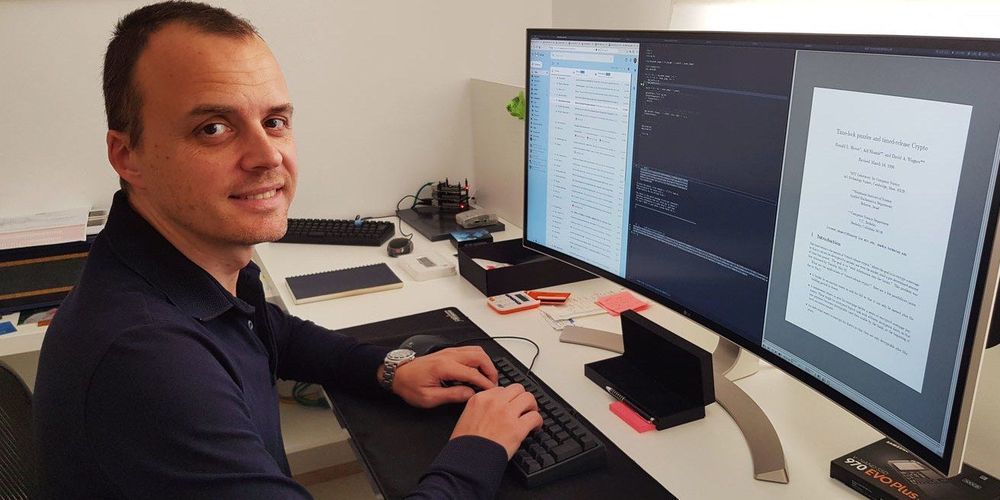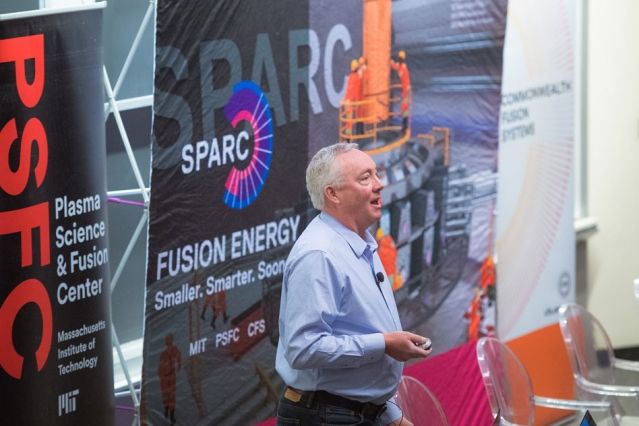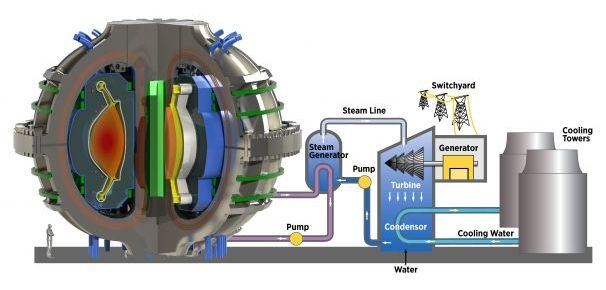Drones might be a favorite toy among adults with significant disposable income, but they’ve also proven to be incredibly useful as tools, and sometimes life-saving ones at that. The latest example of this growing trend comes to us from the University of Maryland Medical Center, where a medical drone delivered a kidney that was subsequently successfully transplanted into a patient.
The delivery, which was documented in a brief YouTube video published by UMMC, is just a small first step in a larger effort to enhance the delivery systems used for vital items like organs and other medical materials.





